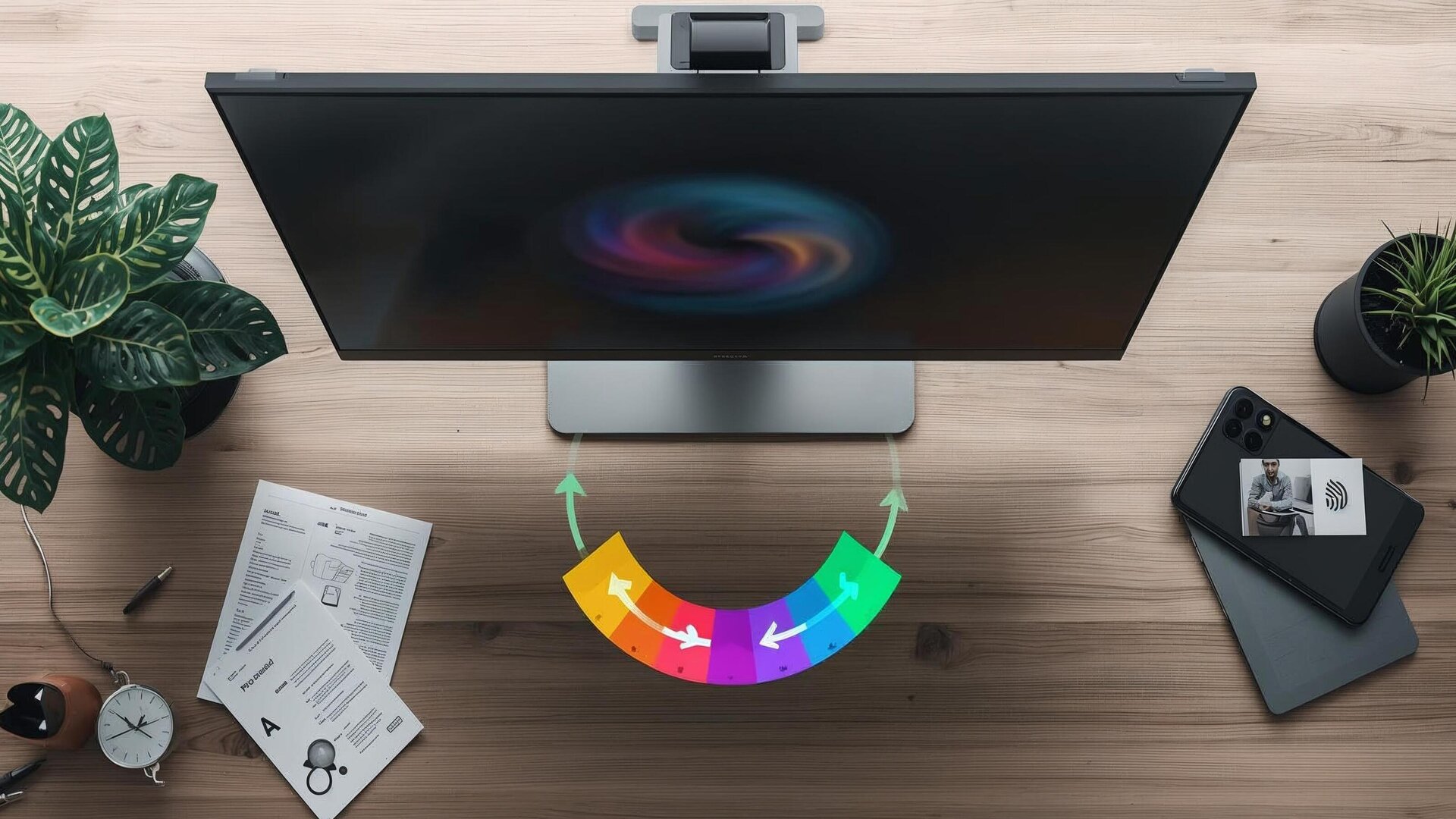
BLOG
What Size Blog Fits Your Audience?
The information you are Sharing When it comes to blogging, does size matter? Yes, but not as much as quality. Well-written, engaging, and informative content should always be the top priority. However, once you have quality covered, what’s the ideal length for your blog posts? Research by Orbit Media shows that blog posts are getting […]
The information you are Sharing
When it comes to blogging, does size matter? Yes, but not as much as quality. Well-written, engaging, and informative content should always be the top priority. However, once you have quality covered, what’s the ideal length for your blog posts? Research by Orbit Media shows that blog posts are getting longer, with more passing the 1,000-word mark. Bloggers are also spending more time creating each post and tending toward weekly rather than daily updates. But before you dive into longer posts, let’s look at a few key factors to consider.
1. Blog Length: Quality Over Quantity
The length of your blog should directly relate to how much information you need to convey. Don’t stretch a short topic just to hit a word count. Readers can spot filler content and will disengage if they feel they’re being fed fluff. Instead, focus on delivering valuable, in-depth content.
For example, if you’re writing a blog about a complex product or service, share detailed information, case studies, or real-life examples. A story about how your product helped a customer (with their permission, of course) adds authenticity. Instead of identifying them fully, you can use their first name and location (“Jane from California”) to maintain privacy while keeping the story relatable.
Key Tip: If a blog post topic only requires 500 words, keep it concise. Don’t add unnecessary details to meet an arbitrary length. On the other hand, if your audience is looking for detailed information, such as product comparisons or tutorials, feel free to extend your post as long as necessary—quality should always guide length.
2. The Role of Visuals: How Many Words Is a Picture Worth?
While word count is important, visuals are a powerful component of any blog. Just like in traditional media—think newspapers and magazines—good images can elevate your content and make it more engaging. But how many visuals should you include?
The number of images should depend on your topic and audience. A general rule of thumb is to include at least one image per blog post, but no more than one image for every 100 words. For instance, if your post is 500 words, including three to four images would work well for most blogs, especially in retail or lifestyle industries. These visuals should be relevant, showing your product in real-life settings to help readers connect.
Example: If you’re writing for a business blog about plumbing services, one or two photos showing before-and-after results might suffice. However, if you run a blog for a gift shop, you’ll likely want multiple images showcasing your products from various angles or in different use settings.
3. Beyond Photos: Video Content for Engagement
In addition to photos, video content is an increasingly popular way to engage audiences. Videos can serve multiple purposes—whether it’s offering a product tutorial, showcasing your workspace, or giving virtual tours. For businesses that offer services, videos can demonstrate the service process, allowing potential customers to see exactly what they’ll experience.
Example: A marketing consultant might include a short video explaining a specific strategy, while a bakery could film a behind-the-scenes look at how their products are made.
When integrating videos into your blog, ensure they are high-quality and serve a clear purpose. Videos should complement the text, not replace it. A mix of strong visuals and well-written content keeps readers engaged.
4. Knowing Your Audience: The Key to Blog Success
The critical thing to remember about trends is that they are just that—trends. It’s important to be aware of them, but don’t follow them blindly. Always consider your audience’s preferences when deciding on the length, format, and tone of your blog posts.
If your audience consists of busy professionals looking for quick, actionable insights, shorter blog posts (around 600-800 words) may be ideal. However, if your readers are hobbyists or passionate about the topic, they might enjoy longer, more detailed pieces. For example, a blog about wedding planning might require long-form content, while a restaurant’s blog might benefit from concise updates about new menu items or events.
Additionally, consider how big the decision-making process is for your readers. A person planning a wedding needs a lot more information to choose a venue than someone deciding where to grab lunch. The bigger the decision, the more detail they’ll likely want.
Key Tip: Align your blog post length with the level of engagement and decision-making required from your audience. Shorter posts work for quick reads, but longer, detailed posts are more suited to significant purchasing decisions or deeper interest topics.
Conclusion: Find the Right Balance for Your Blog
There’s no one-size-fits-all answer to the perfect blog post length. The ideal length and content structure depend on your audience’s needs, your product or service, and the depth of information you’re providing. Start by focusing on quality, then tailor your post length, visuals, and video content to match your readers’ preferences.
Most importantly, always be mindful of who your audience is and what they want from your blog. The better you know your readers, the more effective your blog will be. Whether it’s a quick 500-word read or a detailed 2,000-word guide, delivering valuable content that resonates will keep your audience coming back for more.







